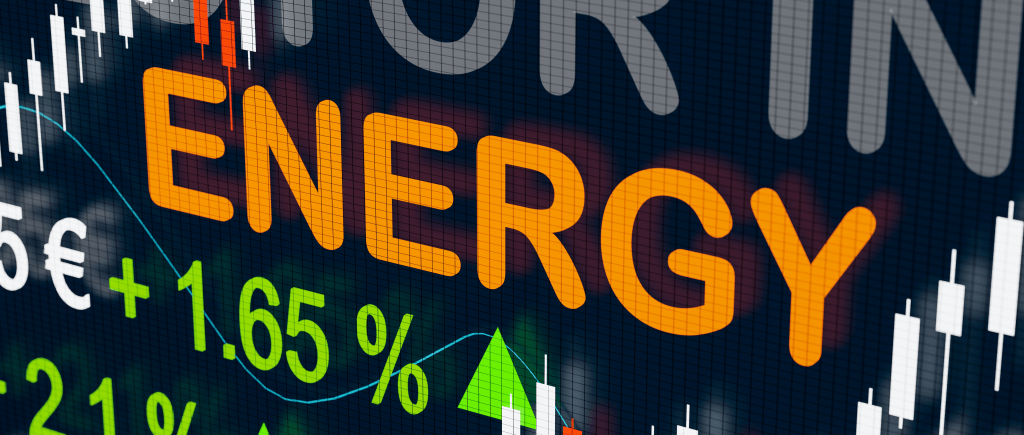Oil prices started 2025 with modest gains on Thursday as investors cautiously assessed China’s economic outlook and fuel demand. President Xi Jinping’s pledge to adopt proactive policies aimed at boosting growth in 2025 provided some optimism to the market.
Brent crude futures climbed by 0.21% to $74.80 per barrel, while U.S. West Texas Intermediate (WTI) crude futures rose by 0.22% to $71.88 per barrel during early trading. Both benchmarks had recorded gains in the final session of 2024, closing the year with mixed sentiment driven by geopolitical and economic factors.
In his New Year’s address, President Xi reiterated China’s commitment to fostering economic growth in 2025. While data from the Caixin/S&P Global survey showed modest growth in Chinese factory activity in December, it fell short of expectations. Similarly, official surveys indicated that manufacturing activity barely expanded, though improvements were seen in services and construction. These developments reflect the ongoing challenges posed by trade uncertainties and potential U.S. tariffs under President-elect Donald Trump.
U.S. Oil Stocks and Demand Trends Under Scrutiny
Investors are awaiting the delayed weekly U.S. oil inventory data from the Energy Information Administration (EIA), with expectations pointing to a decline in crude and distillate stockpiles and a rise in gasoline inventories.
In October, U.S. oil demand surged to 21.01 million barrels per day (bpd), the highest level since the COVID-19 pandemic, according to EIA data. Crude production in the U.S. also reached a record 13.46 million bpd during the same period, driven by a 260,000 bpd increase from September.
Looking ahead, oil prices in 2025 are expected to remain constrained around $70 per barrel. This marks a potential third consecutive annual decline, following a 3% drop in 2024. Factors such as weak Chinese demand and rising global supplies are likely to offset OPEC+ efforts to stabilize the market, as indicated by a Reuters monthly poll.
European Energy Dynamics Shift Amid Russian Gas Halt
In Europe, Russia halted gas exports via Soviet-era pipelines running through Ukraine on New Year’s Day, a widely anticipated move. However, the impact on EU consumers is expected to be minimal, as many buyers have secured alternative supply arrangements. Hungary will continue to receive Russian gas through the TurkStream pipeline, which traverses the Black Sea.
As markets adjust to these developments, oil prices remain sensitive to geopolitical shifts, demand uncertainties, and supply dynamics, setting the tone for a cautious start to 2025.
 Noor Trends News, Technical Analysis, Educational Tools and Recommendations
Noor Trends News, Technical Analysis, Educational Tools and Recommendations





